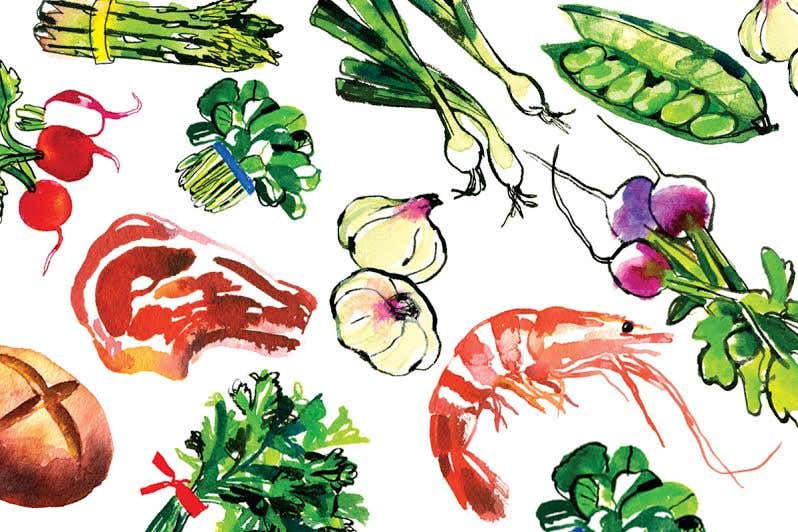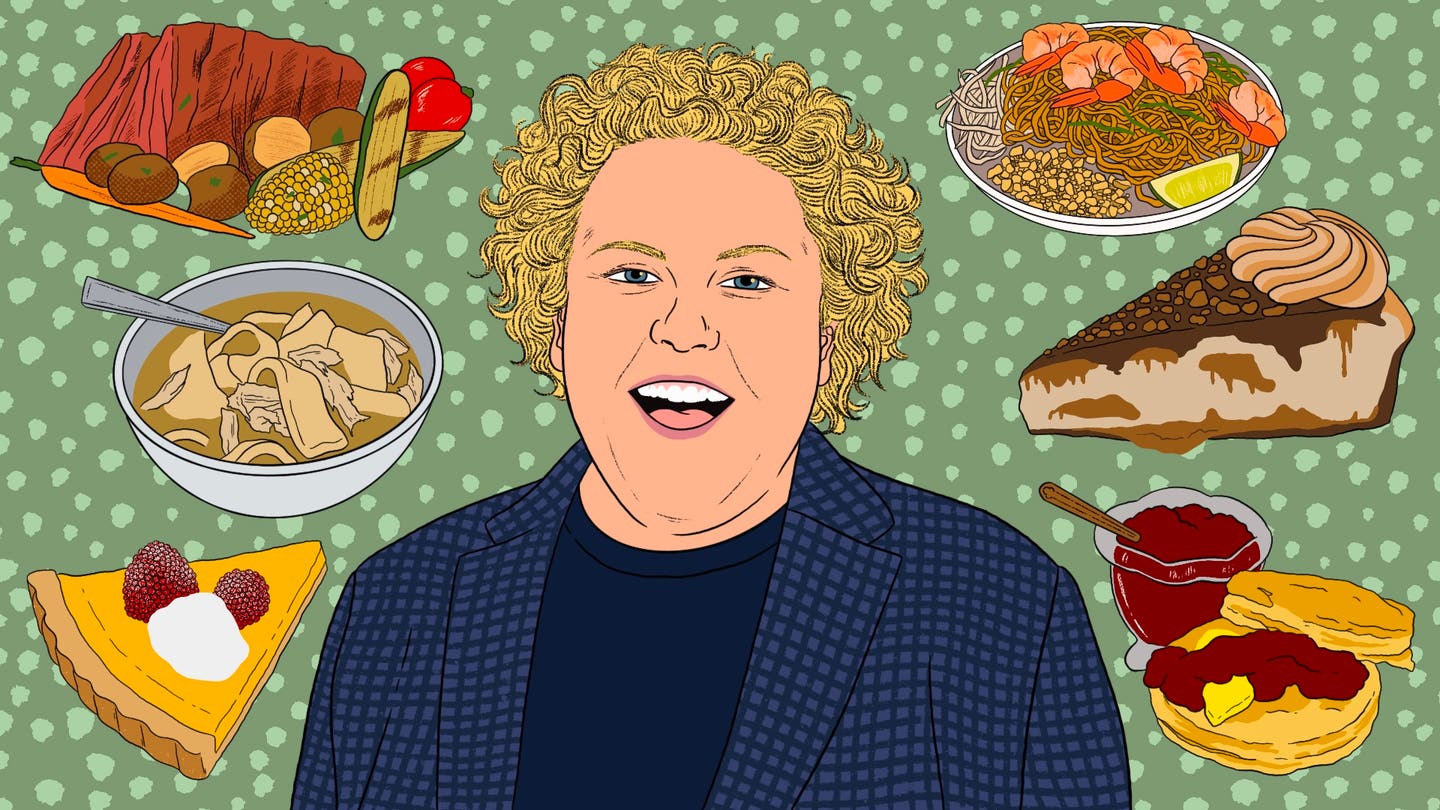
Brown rice, which is always milled separately from batches of grain destined to become white rice, goes through several stages of processing.
1. After the freshly harvested rice, known as paddy rice, has been dried for four to six weeks at a separate facility, trucks deliver it to the mill and the grains are poured onto screens and filtering tables that help remove stalks, large stones, and other detritus.
2. The grains then pass through a dehulling machine that uses rollers to remove the rice's inedible outer husk. After that, several machines cull and further clean the hulled rice: one of them, a device called a gravity table, separates heavier grains from broken or immature kernels; another uses magnets to extract fine particles of dirt and soil (which have metallic content).
3. Next, the whole grains, their bran coating still intact, are spun over a large cylinder, which catches broken kernels, and infrared color sorting machines detect and remove minute particles that may have escaped the machine-culling and -cleaning process.
4. Before the fully processed brown rice is packaged for shipping, it passes through another, more finely calibrated gravity table, which extracts any remaining tiny impurities. At every stage, small samples are pulled from the milling line for even closer inspection in an on-site laboratory. The process for milling white rice is virtually the same, with the addition of several steps after the final brown rice stage: an initial grating and scraping process, called a break, ruptures the grains' bran coating, causing much of it to fall away, along with the germ; a second break removes another portion of the bran; and a final break removes the rest. For polished white rice, a fourth break is added.
Keep Reading
Continue to Next Story










